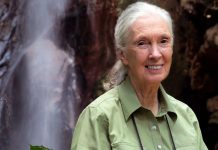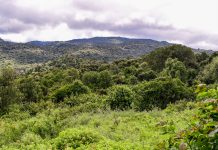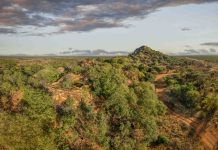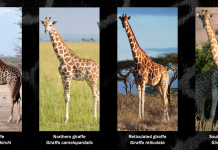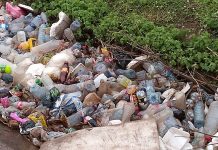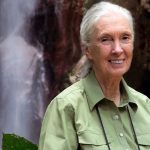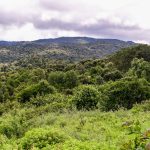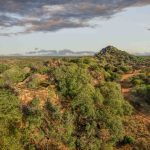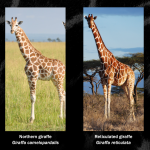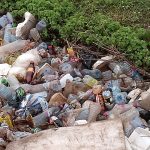By Unelker Maoga
Climate change is undoubtedly a global phenomenon and currently one of the main threats to wildlife in Africa.
At the 2nd United Nations Environment Assembly held at UN Environment headquarters in Nairobi last year, the Convention on International Trade in Endangered Species [CITIES] and World Wildlife Fund [WWF] addressed climate change as a key issue in wildlife conservation, alongside the rapid growth in human populations and the illegal trade of wildlife.
The loss of biodiversity around the globe is alarming. Scientists have noted that the 21st century is witnessing significant threats to biological diversity and the fastest extinction rate in the history of the planet.
Extreme changes in the climate have been evident across the continent, especially the Horn of Africa, where desertification is spreading fast.
The year 2009 saw the largest number of animal deaths ever recorded as result of a natural disaster in Kenya. When the long rains between March and May failed, many of the country’s iconic species such as lions, crocodiles, zebra, and wildebeests succumbed to the severe drought conditions.
The Samburu and Amboseli National Parks recorded large numbers of deaths of elephants and buffalos. In particular, Buffalo Springs National Reserve witnessed an almost complete annihilation of its buffalos.
In Tsavo West and Mzima Sprigs, rangers were forced to feed hippopotamus to save their lives. By the end of the dry spell, conservationists estimated that 40 per cent of Kenya’s wildlife population was lost.
An assessment by the Intergovernmental Panel on Climate Change (IPCC) notes that “climate change will result in varied rainfall distribution in East Africa.”
Conservationists are only beginning to see how climate change is affecting migratory patterns of wild animals in Kenya. With increased human population, it is feared that migration of wildlife will drastically increase human-wildlife conflict in areas such as the Tsavo, Masai Mara and Samburu ecosystems.
Human activities such as deforestation are equally increasing climatic pressures faced by wild animals. The significant loss of tree cover in the pristine Mau Forest in Kenya was predicted to increase water flow in the Mara River due to increased surface runoff into tributaries exiting the forest. But the rise in global temperature and decline in tree cover has also caused reduced rainfall and affected wildlife habitats in the Mara ecosystem.
The Mara River, which flows across Masai Mara to the Serengeti in Tanzania has experienced reduced flow over the years, a factor that has affected the natural flora and fauna in the grassland plains. With frequent dry spells, it is predicted that the biological diversity of the river will decline.
Coral bleaching on the Kenyan coastal area has resulted in significant damage to the corals, all largely due to climate change. Mombasa Marine Park currently has 20 per cent healthy coral cover with over 80 per cent bleached or still struggling to recover from the bleaching that occurs when the average temperatures are too high.
Although adequate mitigation measures are lacking, initiatives to combat climate change in wildlife habitats are springing up. The Kenya Wildlife Service (KWS) is working to implement projects in national parks which aim to elaborate the various ways protected areas can be natural solutions to climate change through mitigation and adaptation.
In the Chyulu Hills Forest Ecosystem, KWS in partnership with the African Wildlife Foundation (AWF) are currently implementing under the Reduce Emissions from Deforestation and Forest Degradation [REDD+] mechanism.
Other mitigation and adaptation projects that KWS is involved in across the country include planting of indigenous trees, the construction of artificial water dams and the manual removal of invasive species.
According to KWS, these climate action projects are currently ongoing in regions such as Tsavo East, Tsavo West, the Aberdare and Lake Nakuru National Parks in partnership with Parks Canada.
Unelker is a young environmentalist with a keen interest in wildlife conservation. She has previously worked at Kenya Wildlife Service and Save The Elephants.


